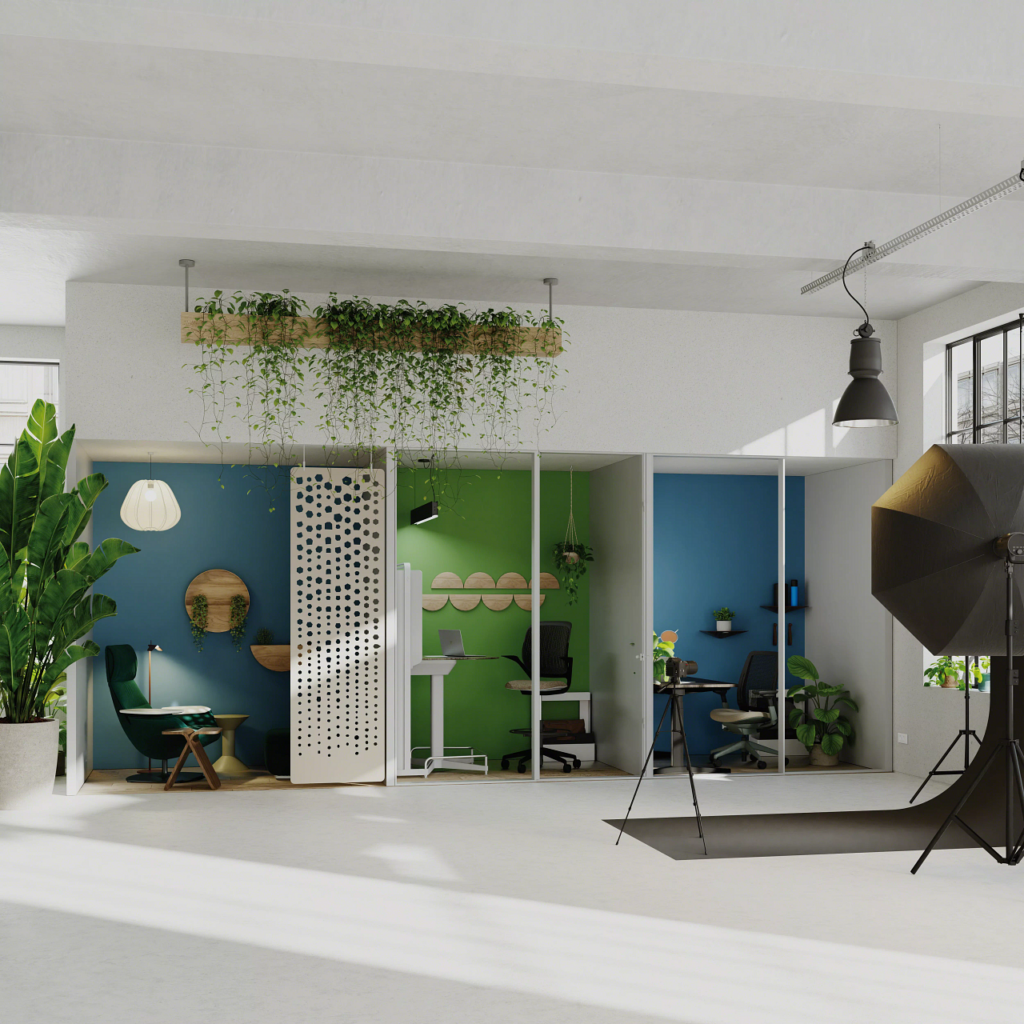Inclusive Design aims to remove physical, cognitive, and social barriers that may limit individuals’ engagement and interaction in their daily surroundings. This involves considering the diverse range of needs, preferences, and abilities of each individual from the design phase, in order to devise solutions that work for the greatest number of people without necessitating specific adjustments. It goes beyond merely meeting minimum accessibility requirements; it’s about providing optimal experiences for all users, regardless of their diversity. It adopts a comprehensive approach that encompasses the physical, sensory, cognitive, and emotional dimensions of individuals within a given environment.

In an article excerpted from the latest issue of Work Better, Kamara Sudberry, Inclusive Design Lead at Steelcase, highlights the importance of understanding the various “tensions” that can arise when individual needs compete. According to her, this understanding is crucial for developing inclusive design solutions that truly address the diverse needs of users. Five types of tensions have been identified:
Accessibility: Universal vs. Targeted
It’s necessary to design spaces that are both accessible to all and specifically tailored to groups of individuals with diverse needs. Through flexible and adaptive solutions, we create spaces that offer an inclusive experience without compromising the diversity of individual needs. The goal is to strike the right balance between universality and specificity so that each person feels welcomed and accounted for in the space.
Well-being: Collective vs. Individual
Well-being is an essential issue that is both collective and individual. The challenge lies in promoting overall well-being while respecting individual needs. Thus, we work to create environments that foster harmony between these two dimensions. Our goal is to cultivate spaces conducive to community health while offering opportunities for individual growth.
Hyposensitivity vs. Hypersensitivity
This refers to divergent needs regarding sensory stimulation. Some individuals may require greater stimulation to fully engage with their environment, while others may be quickly overwhelmed by sensory overload. Striking a balance between these two extremes is essential for creating inclusive environments. Each individual should be able to control their environment and any potential sources of disorientation, fatigue, or stress.
Flexibility vs. Predictability
This involves juggling the need to provide flexible environments that adapt to users’ changing needs while offering stability and predictability to limit the risk of stress and uncertainty. We can design flexible spaces by integrating areas dedicated to specific tasks, delineated by partitions or other elements, thus providing a reassuring and structured framework.
Interactions vs. Protection
The challenge is to strike the right balance between encouraging meaningful human interactions and providing spaces of refuge and tranquility for those who need them. Fostering connection while respecting each person’s need for safety and solitude is crucial when designing a space.

Understanding these tensions is essential for developing inclusive design solutions that truly address the diverse and sometimes contradictory needs of users. Inclusive design is a genuine commitment to equity, accessibility, and inclusion, aiming to create a world where everyone can fully participate and benefit from the opportunities offered by their environment.


